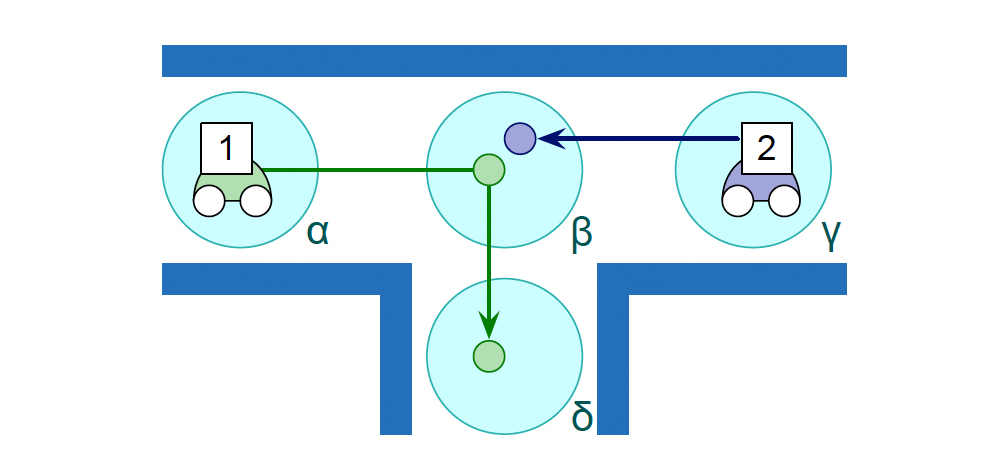Students to Present Research on Human-Robot Teaming
November 24, 2014
Who hasn’t had their cell phone ring at an awkward moment? Researchers at Harvey Mudd want to develop technology that intuitively adapts to the natural rhythms of our lives, so they are experimenting with new techniques for human‐robot teaming.
The work is being done in computer science Professor James Boerkoel’s HEATlab (Human Experience and Agent Teamwork Lab), a new group that Boerkoel formed after he joined the faculty at Harvey Mudd this past fall. Boerkoel envisions “a world in which computational devices intuitively and fluidly navigate the messiness of humans’ lives,” and he’s teaching students to consider and carefully design how the technology they build interacts with and impacts the world around them.
“A particular goal for human-robot teamwork is in planning solutions that recognize and exploit the relative strengths of humans and agents to accomplish what neither can achieve alone,” says Boerkoel, who explores the intersection of artificial intelligence and user-centered design.
Boerkoel’s students have responded enthusiastically to the research, producing three separate publications, two of which have been accepted for presentation at the 2015 AAAI Conference on Artificial Intelligence (AAAI-15), a highly selective international AI conference. A third paper was presented at that organization’s Symposium on Artificial Intelligence and Human Robot Interaction (AI-HRI) in Washington, D.C.
Priya Donti ’15 presented her paper, titled “Exploring Active and Passive Team-Based Coordination,” at the AI-HRI symposium this past fall. The paper is a synopsis of the HEATlab’s current projects and explores two modalities of human-robot coordination: active, where agents intentionally attempt to understand and influence the plans of human teammates, and passive, where agents simply react to their human teammates’ varying behavior. By developing automated scheduling techniques that explicitly account for human inclinations, they seek to improve the coordination between humans and their “teams of technologies.”
Jeb Brooks ‘14, Emi Reed ’17 and Alex Gruver ’15 co-authored the paper “Robustness in Probabilistic Temporal Planning,” which was accepted to the main technical track of the upcoming AAAI conference (related diagram pictured above). The team employed probabilistic temporal planning as a way to more precisely capture the nature of scheduling uncertainty within real-world problems. They developed a new metric for assessing the quality of probabilistic temporal plans called robustness.
Donti, Gruver and Jacob Rosenbloom ’15 collaborated on the paper titled “Predicting the Quality of User Experiences to Improve Productivity and Wellness,” which was accepted to the January AAAI Student Abstract and Poster Program. The team sought an alternative approach to increasing both productivity and wellness by helping users achieve flow, a state in which people feel focused, motivated and fully immersed in their activity. They developed the Productivity and Wellness Pal (PaWPal), a smartphone-based application that seeks to make users aware of their efficacy at various tasks, as well as which courses of action are likely to lead to immersive experiences.
Rosenbloom said, “What really drew me to the research was the use of cutting-edge algorithms and theories for the tangible benefit for people. I am thoroughly interested in artificial intelligence and machine learning, and being able to apply these ideas to a project to increase people’s wellness and productivity—a goal that clearly benefits the user—was a blast.”
The student teams will travel to Austin, Texas, to present their work at the AAAI conference Jan. 26–27.
Students at Harvey Mudd pursue high-level research side by side with faculty members and present projects jointly at professional scientific conferences and in peer-reviewed journals. Students and faculty are frequently honored for their collaborative work with distinguished national awards. The College’s 9:1 student-faculty ratio and approximately $3 million in annual funding set aside for research ensure that students can take advantage of the ample research opportunities throughout the academic year and during the Summer Undergraduate Research Program.
